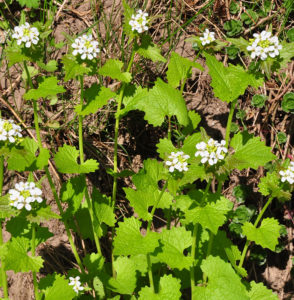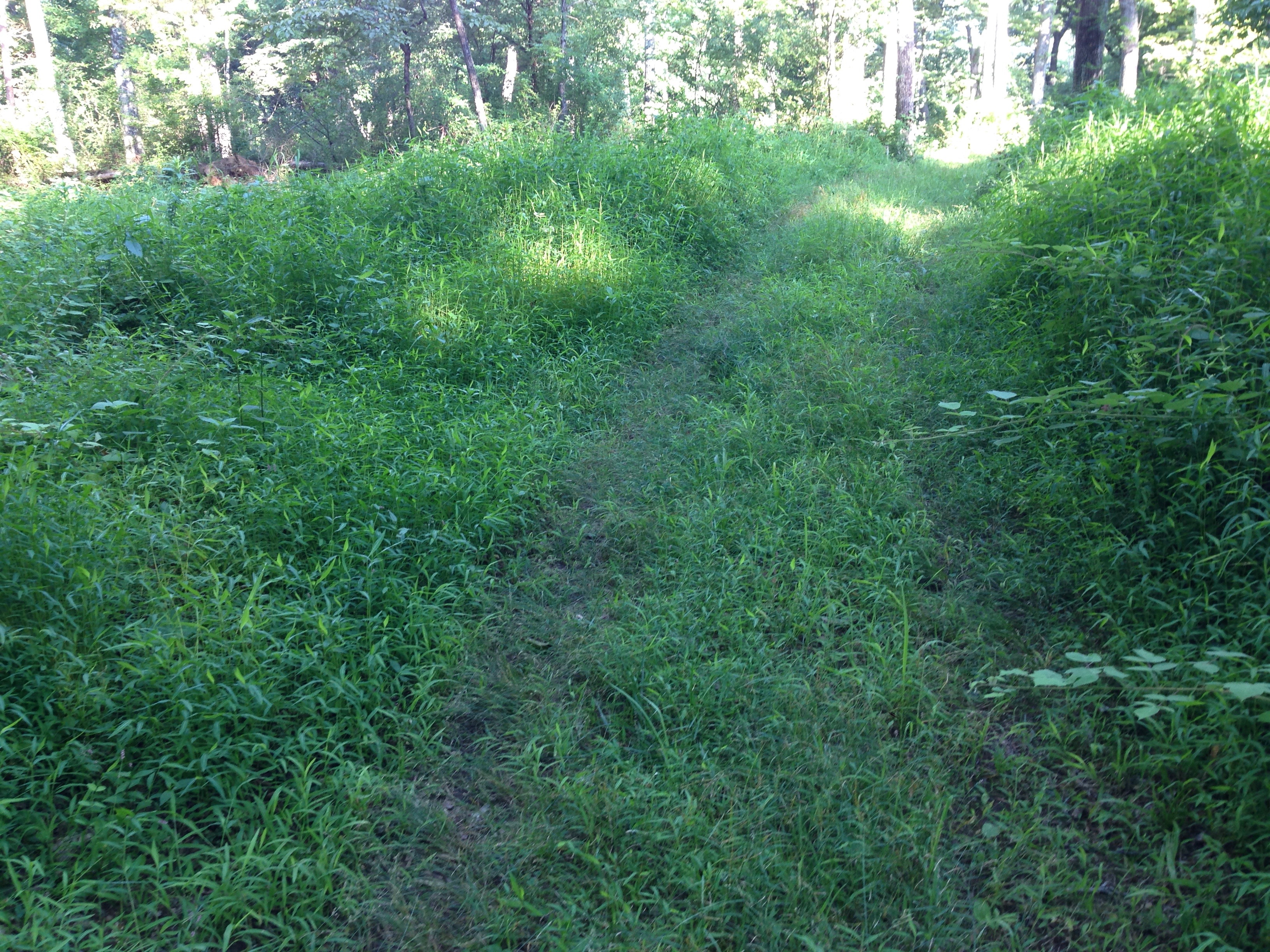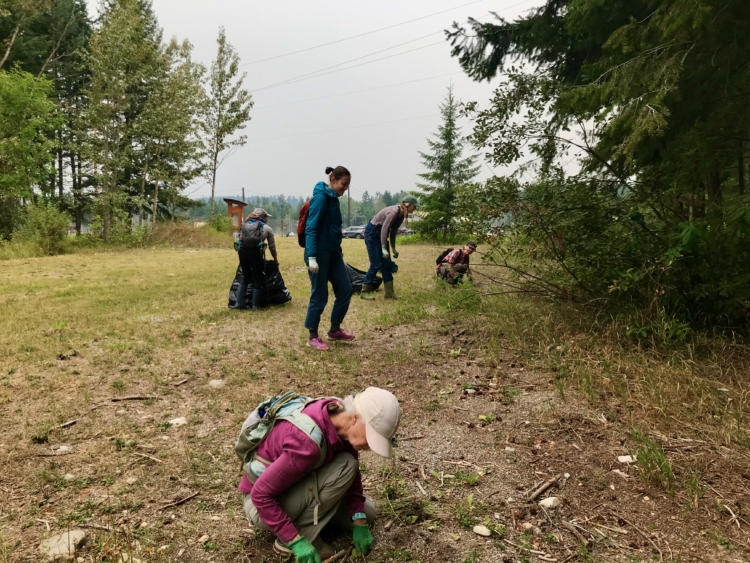

- #Invasive plant pictures update
- #Invasive plant pictures full
- #Invasive plant pictures code
- #Invasive plant pictures license
Section B: Where have you seen this plant on the Maltese Islands? Info from published material (books, journals, website): Section A: Additional Information about this plant species Thanks you! Fill any of the three sections (A/B/C) below and kindly submit the form. Please do report mistakes, broken links, technical errors, typing / grammar errors, misidentifications or taxonomical updates this will help to improve the website's accuracy. Please report only Maltese locations for plants that indicated as rare or very rare (refer to the nomenclature section above). Your email address is only for internal communication. If information supplied is taken from a book, journal or website, please provide the corresponding reference or website address.

Use this form to submit more information on this species or report mistakes in this webpage. Please bear in mind that a large and updated website about the flora of Malta requires lot of time and work. This will help to cover some expenses needed to maintain the website and its further development without and tedious adverts. Kindly consider to support this website by giving a small donation.
#Invasive plant pictures license
Images are normally sold as a license with the copyright reserved to the author, but sales of copyright of exceptional images can be considered.
#Invasive plant pictures code
When placing an order please take note of the image code specific for every image in the corresponding species webpage (found beneath each individual photo) since this is required when filling the online ordering form. Buying images for your projects will support this website. Prices reasonable and rated differently according size and resolution. Currently local orders are not taken.īuy images found in this large online collection of Maltese flora photographed by the author (Stephen Mifsud). You are hence kindly requested to first fill and submit a quotation form by which you will get confirmation of the purchase, availability and charges. Note that not all species seeds can be exported - depending on Maltese regulations and CITES, and availability depends on season. Sales of seeds of wild plants for academic studies, research or personal use. Not listed in the Red Data Book of the Maltese Islands
#Invasive plant pictures update
Not legally protected till the last update of this website (25/Sep/2021) Very Common Common Frequent Scarce Rare Very rare Extinct Species may become become invasive if it widespreads rapidly. Species that was introduced in Malta after year 1492 (Columbus' discovery of the New World)Īnd spreads and integrates to form established, non-invasive populations. Pontederiaceae Kunth (The Water-Hyacinth Family)ġ species from the Pontederiaceae family is recorded from the Maltese Islands.
#Invasive plant pictures full
Major threats are tackled jointly, because invasive plants do not recognise fences or property boundaries.Pontedera crassipes Full list of synonyms : Planned control work on leased rural land is outlined in separate land management agreements. Many of the species are legally required to be controlled (pest plants). The Invasive Plants Operations Plan is for invasive plant control on public land in the Australian Capital Territory (ACT).

The map for the current financial year is a live map which is updated automatically as work is completed. The following interactive Operations Dashboards include maps showing the locations where invasive plant control has been undertaken. Invasive plant control maps and progress reports You can also report weed sightings to Access Canberra. You can sign up for an account and report your sightings either through their website or mobile app. We monitor these databases to help us identify the location of invasive plants so we can manage them. There are two online citizen science tools where you can learn about and report your sightings of invasive plant species. Put simply, invasive plants are high risk weeds. Invasive plants are introduced plants that can establish on many sites, grow quickly and spread to the point of disrupting native plant communities or ecosystems. The 2009-2019 ACT Weed Strategy is available upon request by emailing Invasive plants This is a very broad term and includes everything from amenity weeds to invasive plants. Plants that grow in sites where they are not wanted are weeds.


 0 kommentar(er)
0 kommentar(er)
